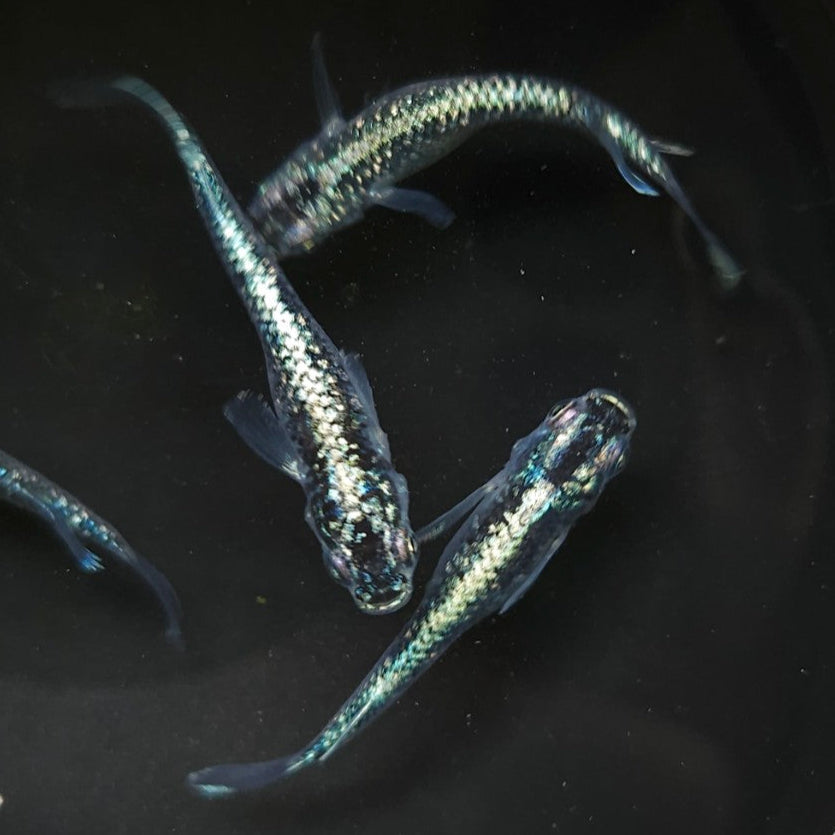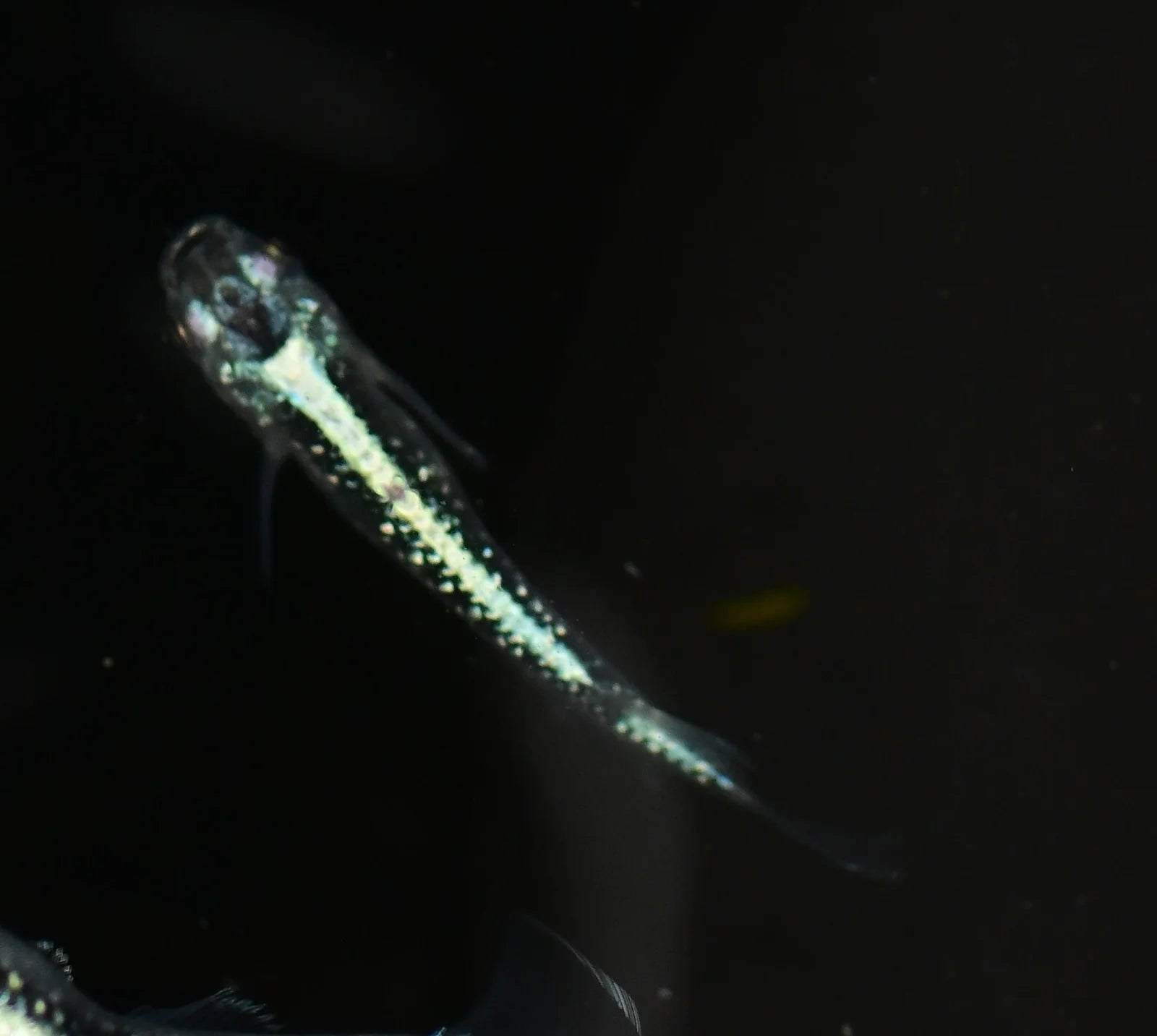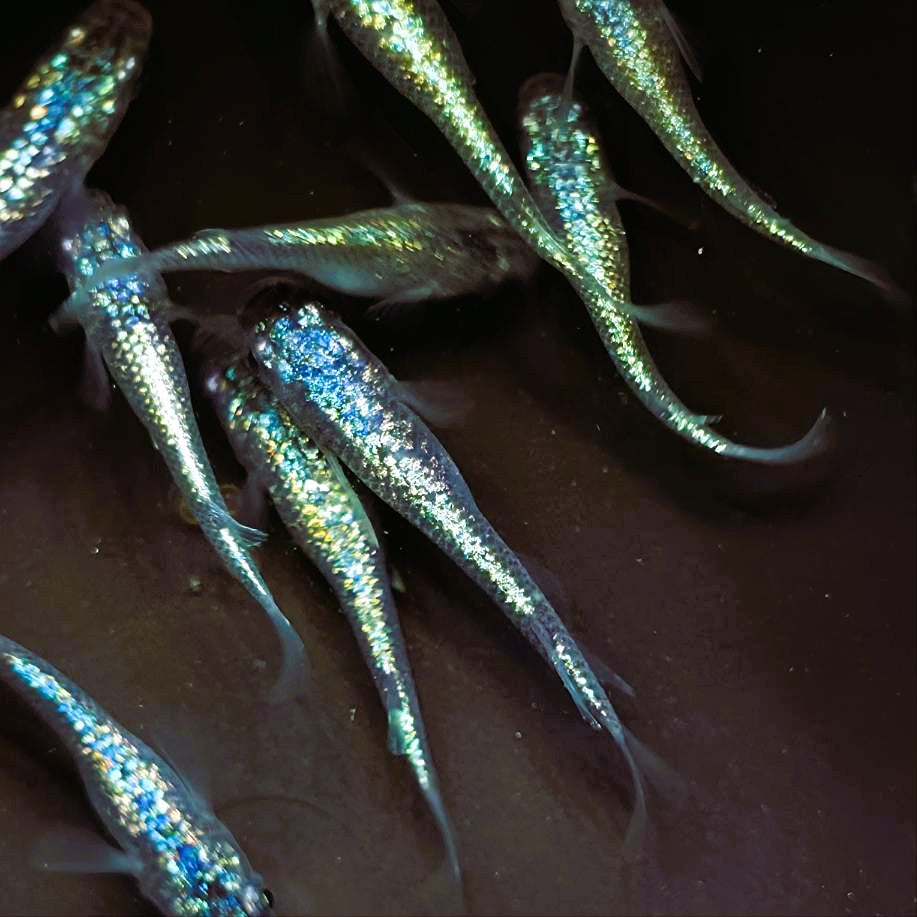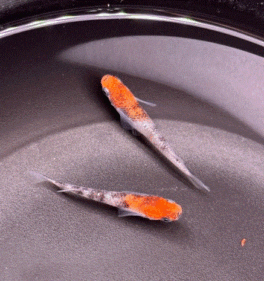FAQ
Frequently Asked Questions
What is medaka?
Are the fish you sell imported or bred in the U.S.?
Do you sell eggs?
Can I request a specific male or female?
What’s your Dead on Arrival (DOA) policy?
Can medaka live outdoors year-round?
It depends on your USDA Hardiness Zone. Medaka thrive outdoors from spring to fall, but winter survival varies by climate. Here’s a guide:
- Zones 9–11 (Warm climates): Outdoors year-round. Provide shade and aeration in summer.
- Zones 7–8 (Mild climates): Outdoors year-round with precautions. Use tubs 18–24" deep, insulate with foam or straw, and provide plant/leaf cover.
- Zones 5–6 (Cold climates): Outdoors possible with deep tubs (24–30"), insulation, and a pond de-icer. Many keepers bring fish indoors for winter.
- Zones 3–4 (Harsh winters): Too cold for outdoor overwintering. Move fish indoors or to a heated greenhouse/garage.
General tip: If water freezes solid, fish cannot survive. Depth and insulation make the difference.
Can medaka be kept indoors?
What water parameters do you maintain at SNR Medaka USA?
- pH: Generally near 7.0 (6.5–8.0 acceptable)
- Temperature: 70–90°F (21–32°C) in summer, can adapt to lows near 20°F (-6°C) in Zone 8a winters
- Hardness: Natural GH/KH, not artificially altered
- Ammonia/Nitrite: 0 ppm — all systems cycled and naturally planted
How do I encourage breeding?
Why is culling important in medaka keeping?
Culling means carefully selecting which fish to keep for breeding and which not to use. It is one of the most important practices in maintaining high-quality medaka.
Even if fish originally come from top-quality Japanese breeders, their traits can decline quickly without consistent selection. Over time, colors may fade, body shapes may lose balance, and unique features of the strain may weaken.
By culling, breeders preserve the lineage, traits, and reputation of each strain. Without it, quality can collapse within just a few generations.
For anyone planning to breed and sell medaka, setting clear selection standards is strongly recommended to ensure the strain remains healthy, stable, and true to type.
What’s the difference between Normal, Hikari, and Daruma types?
Can medaka be kept in a glass aquarium?
Yes. Medaka thrive in glass aquariums. Adding sand, gravel, and aquatic plants helps create stability, improves water quality, and provides a natural-looking environment.
However, some strains are sensitive to background reaction. In those cases, fish may appear paler or change color when kept in clear glass aquariums. A darker background or added plants can help maintain vibrant coloration.
Can medaka live with shrimp or other fish?
Yes. They coexist peacefully with shrimp like cherry shrimp or Amano shrimp (note: tiny baby shrimp may be eaten). They also get along with other peaceful small fish, but avoid aggressive or fin-nipping species.
How many gallons of water per medaka?
About 2 gallons (~7.5 L) per adult medaka is recommended. Experienced keepers may keep 1 gallon (~3.8 L) per fish, but 2 gallons is safer.
Example: A 20-gallon (~75 L) tub = 10–12 adults comfortably.
Do adult medaka eat fry?
Yes. To protect fry:
- Use separate fry tubs
- Add spawning mops or plants
- Keep adults well-fed
How do I care for medaka during winter?
Indoors: Keep water 65–75°F (18–24°C), stable quality, light feeding. Use a heater if needed.
Outdoors: Ensure tubs don’t freeze solid. Gentle aeration, deeper water, and dried leaves (almond/persimmon) provide cover and tannins. Avoid disturbing water and overfeeding — medaka rest naturally.
Spring tip: Resume water changes gradually and monitor condition closely, as many losses occur during seasonal transitions.
What do medaka eat?
- Medaka-specific dry foods (powder, granules, floating type)
- Live foods (baby brine shrimp, daphnia, microworms)
- Natural insects/plankton in outdoor tubs
We recommend Hikari Medaka Feed for best growth and coloration.
How long do medaka live?
Do medaka jump out of tanks?
Why are medaka expensive?
They are imported live fish. Importing requires permits, inspections, and coordination. Most come from Japanese breeders who dedicate full time to raising them, reflected in cost. Hobbyist-bred fish are usually cheaper, but usually not comparable in quality or lineage.
Why do medaka prices fluctuate?
Prices depend on availability, strain rarity, and breeding difficulty. Seasonal conditions also matter — prices are generally lower in summer when breeding is easier, and higher in winter.
Can my order be canceled after purchase?
Yes. If fish health declines before shipping, we may cancel. Options include:
- Holding until fish recover
- Switching to a similar available strain
- Refund
This ensures only healthy medaka are shipped.
Can I delay the shipment and receive the fish later?
Do you ship to Hawaii or Alaska?
Hawaii: Requires import permit. We issue a manual invoice after confirmation. Excluded from flat-rate shipping.
Alaska: Excluded from flat-rate shipping, handled manually with adjusted costs.






